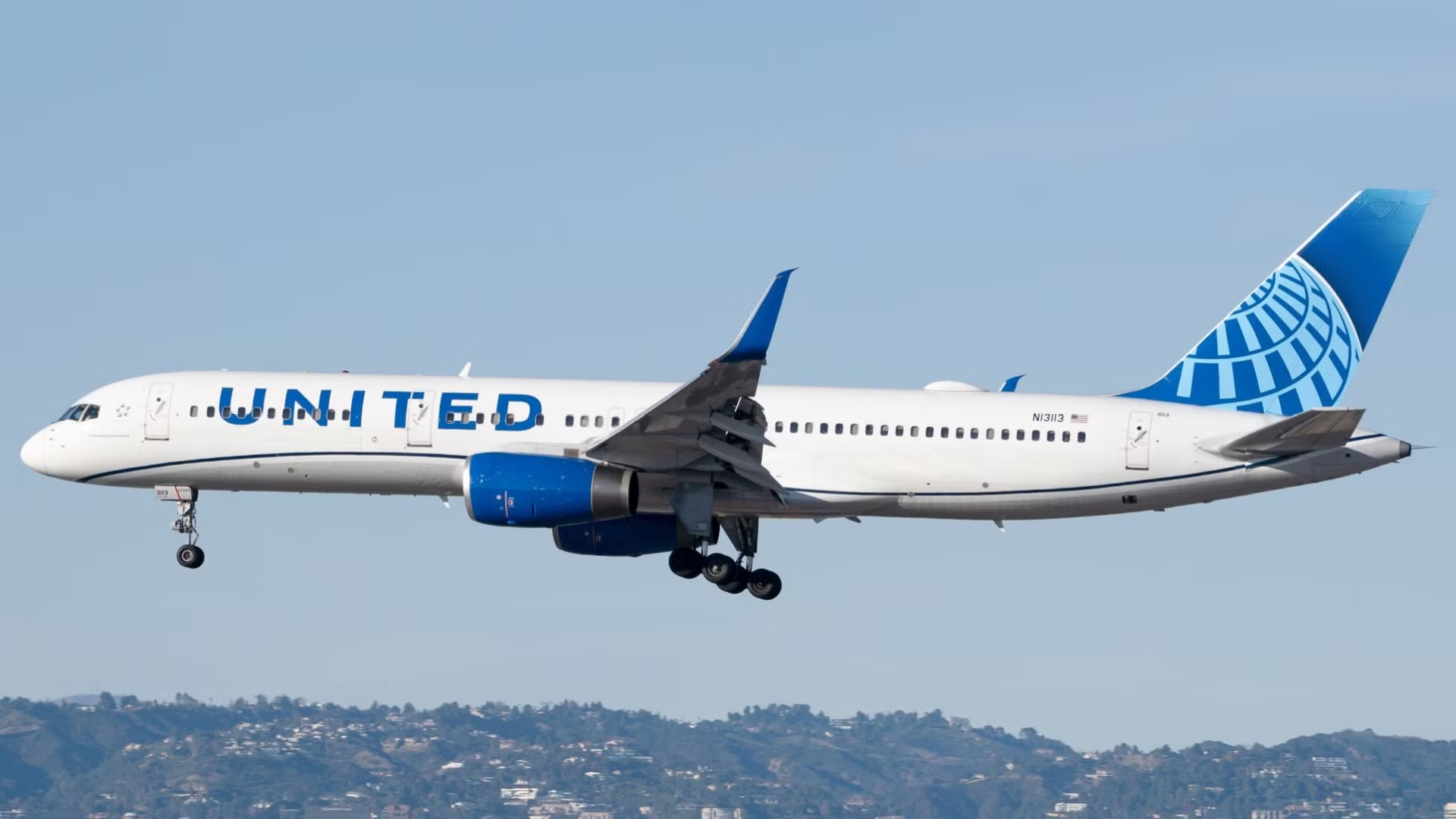Is sustainability unbounded, or is it possible to make even our most extravagant activities clean and green? This investigation has long focused on the aviation industry. We have been aware of the problems with commercial united airlines flights for as long as we have.
Approximately 37.8 million flights annually generate about 800 million tons of CO₂, which accounts for 3% of the world’s greenhouse gas emissions.
But should we accept the balance between convenience and carbon? The answer is emphatically no, according to Lauren Riley, CSO and Managing Director of Worldwide environmental issues at United Airlines, and Nili Gilbert, Vice Chairwoman of Carbon Direct.
Rather, the industry ought to be making significant investments in research and development for sustainable aviation fuel, or SAF.
SAF stands out as a vital way to lower carbon emissions while preserving global connections as the aviation sector struggles with its effects on the environment.
Read Also: Round trip flights to Chicago
In a live interview, Nili and Lauren gave viewers a behind-the-scenes look at the airline executives and a little preview of the battle preparations as they talked about the prospects and problems surrounding SAF.
The potential of environmentally friendly aviation fuel
First, let’s look at SAF. In her interview with Nili, Lauren succinctly describes SAF as “an alternative to traditional jet fuel derived from waste and renewable feedstock, implying it has up to 85% less carbon on a lifecycle basis.”
Given the magnitude of this decrease, it is understandable why SAF is such a desirable choice for airlines aiming to achieve net zero.
It must be developed as soon as possible because it’s one of the only carbon abatement strategies that the industry must use.
Lauren notes that United and all other airlines are in a unique position, stating: “Although the 3% contribution from aviation to global emissions may not seem like much, I expect that number to rise as other industries decarbonize.”
We lack scalable flying solutions because we are a “hard to evade” industry.
The present obstacles to SAF scaling
SAF output is currently much below industry standards, despite its potential.
Nili also draws attention to the fact that “if we compare the quantity of gasoline used by United Airlines each year with the total amount of sustainable aviation fuel manufactured each year, that the SAF share would be just 0.1% of your total usage”
“United uses approximately 4.5 billion gallons of fuel annually,” Lauren added, confirming this harsh reality.
SAF’s current situation is essentially a tiny green shoot in the big picture.
But there’s no need to give up just yet. For SAF, this is only the beginning.
An explanation of aviation innovation
Waste fats and oils
Currently, the main feedstock for the manufacturing of SAF is waste fats and spent cooking oil. The fact that “only 6-8% of total fuel needs will be able to be met by these waste oils,” according to Nili, implies the necessity for other sources.
Agricultural goods and biomass
Lauren talks about the possibilities of biomass, a fuel and energy source that has been developing for a number of years, in the interview.
“Whether that’s solid waste from municipalities, corn sugarcane, or other sources,” she says, “we’re able to gather a lot of that biomass and transform it through various technological routes.”
Read Also: How to Use United Airlines Low Fare Calendar
